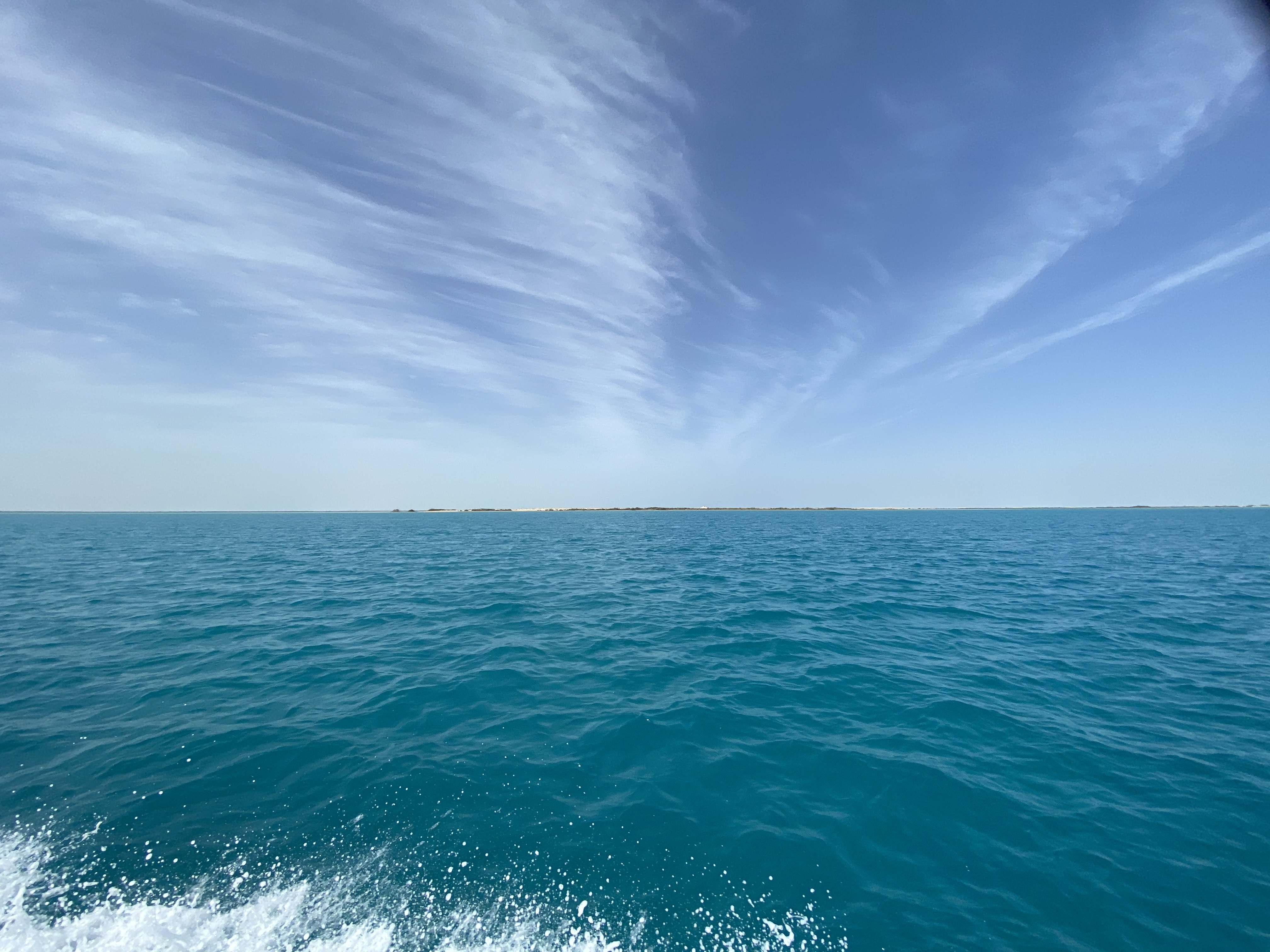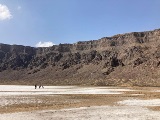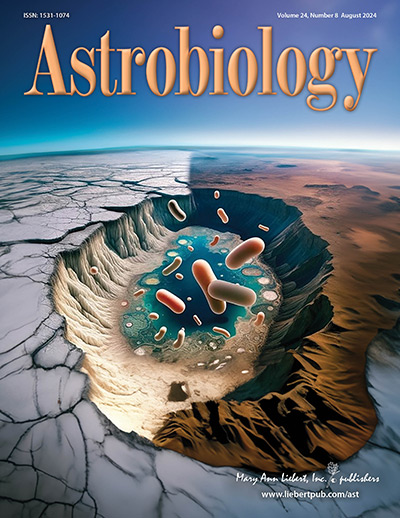


17 October, 2024
Our team has described the first analogous environment to Saturn’s icy moon, Enceladus, in Saudi Arabia! Enceladus has attracted the attention of astrobiologists due to its subsurface ocean beneath an icy crust. This ocean, characterized by high alkalinity and salinity, contains complex molecules that could potentially support life. Interestingly, similar conditions are found in the Al Wahbah Crater. We are happy to share that this study has been featured in numerous press releases, both in Arabic and English, including Arab News, KAUST News, and the Saudi Press Agency.
In the search for extraterrestrial life, our lab members—Alef dos Santos, Dr. Júnia Schultz, and collaborators, under the leadership of Professor Alexandre—recently published work uncovering biological clues in Saudi Arabia’s Wahbah Crater, which could shed light on the potential for life on Enceladus. The study involved isolating 48 bacterial strains and sequencing the genomes of two high-temperature, salt-loving bacteria. These strains were examined for their capabilities and adaptations to extreme conditions, making them ideal candidates for astrobiological research. Additionally, various classes of molecules were identified that could serve as biosignatures, making them promising targets for future missions exploring Enceladus’ orbit. You can find more details in the original paper here - which also made it to the Astrobiology journal cover!
